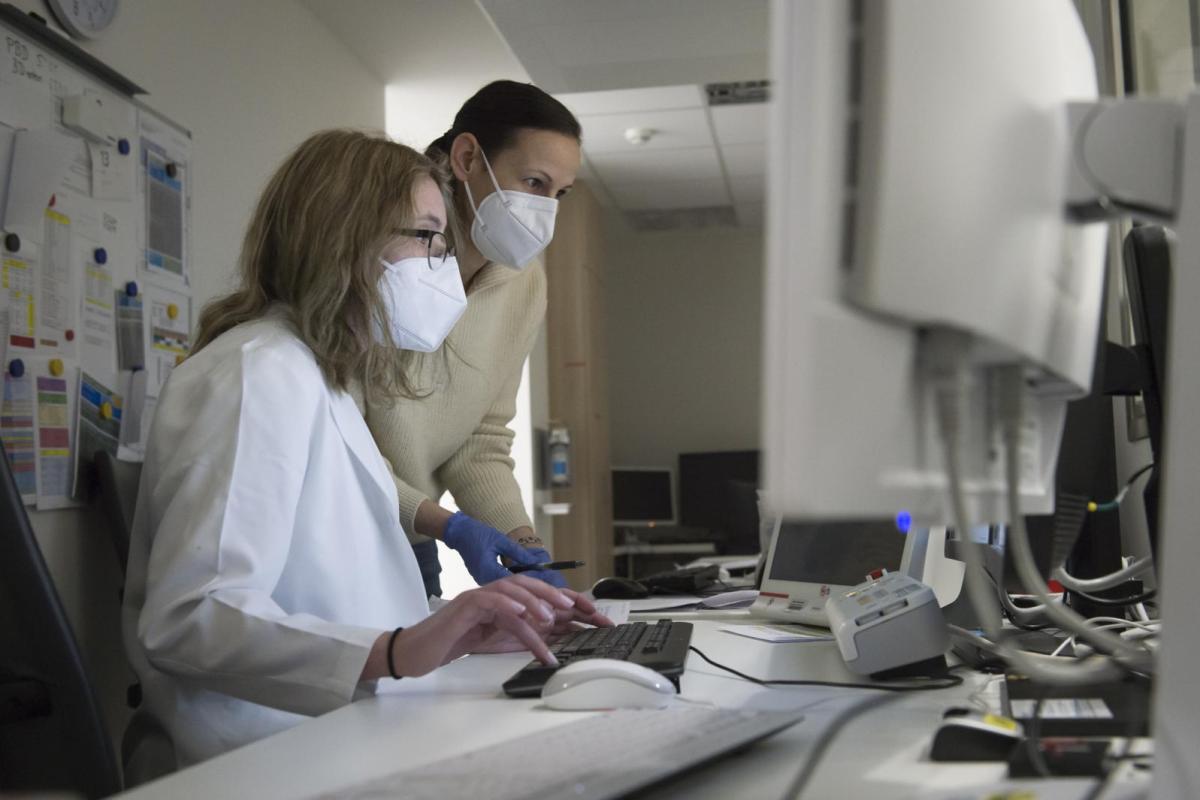The aim is to investigate the biological sex of the individuals concerned as well as their age, diseases and causes of death, thereby contributing to the rehumanization of the skulls, which have been anonymous up until now. The computer tomography was carried out in close coordination with the National Museum & Art Gallery Papua New Guinea at the hospital Klinikum Bremen-Mitte. The results will be published when the three-year provenance research project comes to an end in autumn 2022.
The ancestral skulls from the collection at the Übersee-Museum are overmodelled with clay and wax and artistically decorated with shells, beads and paint. The skulls overmodelled with wax come from the island of New Ireland, while those overmodelled with clay are from the area of the Sepik, the longest river in Papua New Guinea. The skulls were presumably collected in the period 1884-1914/18, i.e. during the colonial period in what was then German New Guinea. In total, the museum’s collection comprises 125 skulls from Papua New Guinea.
The question of the origin and the acquisition of the skulls is a key focus of the investigation under project leader Bettina von Briskorn. She is supported by anthropologist Swantje Grohmann, who is using CT scans to determine the biological sex of the victims as well as their age, diseases and causes of death. For overmodelled skulls, only a CT scan allows a more precise view of the skull.
“The results of an anthropological investigation, especially with the help of CTs, support rehumanization of the skulls because it helps us gain some idea of what happened to these nameless individuals – a museum object becomes a human being again,” says Bettina von Briskorn. The analysis of the CTs can offer clues that are crucial to classical provenance research, too. In this way, anthropological findings are comparable to the information in old museum inventories.
The communities living in the River Sepik area overmoulded the skulls of their ancestors with clay, and these were very popular with collectors from Europe during the colonial period. It is assumed that the skulls of enemies were often overmodelled with clay, too, and fashioned as ancestral skulls to be given to collectors in exchange for coveted goods such as axes and knives. In the case of the overmodelled skulls, the CT images may enable researchers to determine whether or not the individuals concerned died a violent death.
The aim is to return the skulls to Papua New Guinea, providing their origin can be identified with sufficient precision.



